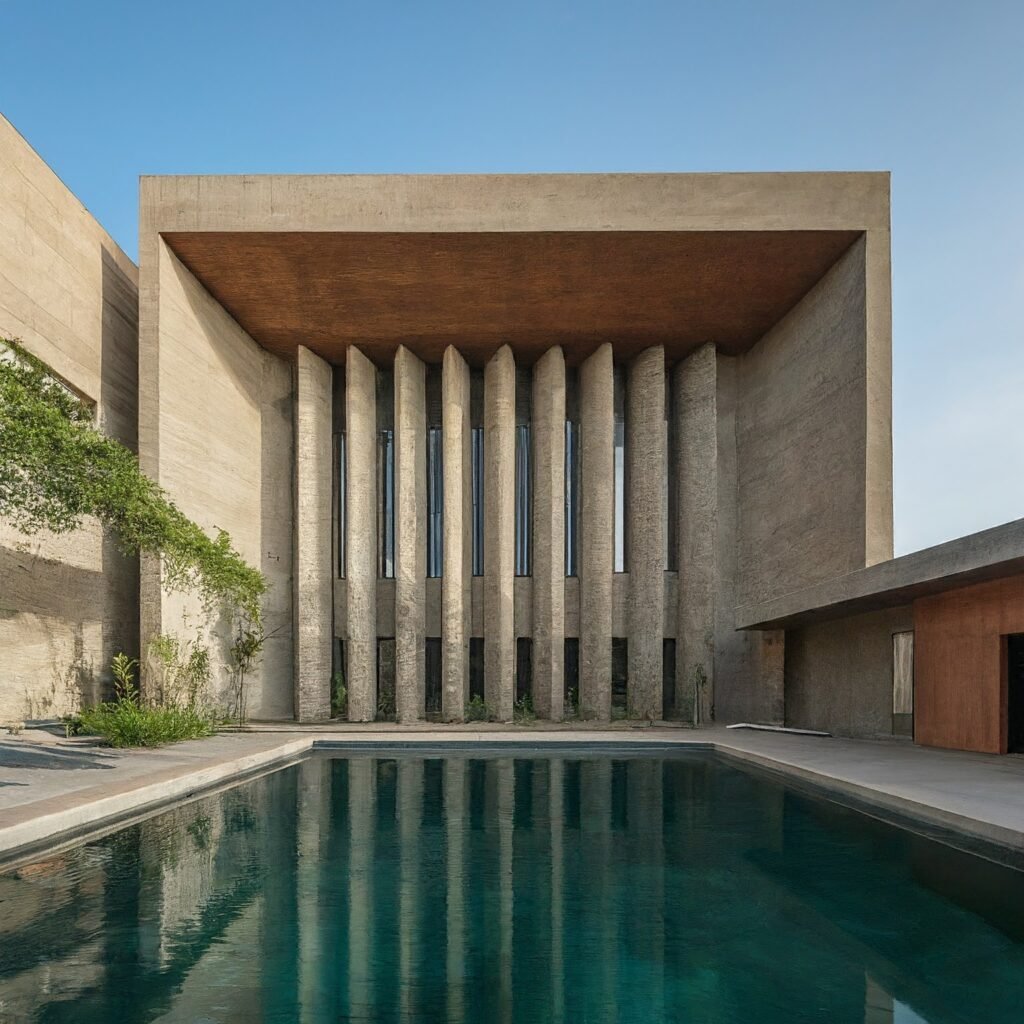Imagine a world without cultural influences on architecture. Buildings would be mere functional boxes, devoid of the character and stories they hold today. Thankfully, that’s not our reality. Culture acts as the invisible architect, shaping the styles, designs, and traditions that define our built environment. From the majestic domes of mosques to the sprawling courtyards of Chinese Siheyuan residences, cultural elements weave a rich tapestry across the globe.
A Reflection of Values: How Culture Shapes Architectural Styles
Culture leaves an undeniable mark on architectural styles. Religious beliefs, for example, play a significant role. Look at the symmetrical layouts and soaring heights of mosques. Their central domes, reaching for the heavens, embody Islamic principles of order and the centrality of God. Similarly, the intricate pagodas of Buddhist cultures symbolize the path to enlightenment, each tier representing a stage in the journey.


Cultural influences extend far beyond aesthetics. The materials used in construction are often dictated by the environment and cultural practices. In the dwellings of indigenous Australians, readily available materials like wood and earth showcase a deep connection to the natural world. Likewise, the adobe homes of the American Southwest are a testament to the region’s arid climate and the use of natural resources.

Building with Sensitivity: The Modern Architect’s Approach
In our interconnected world, architects are increasingly called upon to design with cultural sensitivity. This means understanding the cultural context of a project, respecting local traditions, and creating spaces that are both functional and resonate with the communities they serve.
For instance, a hospital designed for a developing country might prioritize natural ventilation over air conditioning, considering the cultural and economic realities of the region. Similarly, a school building in a traditional community might incorporate design elements that reflect the local heritage, fostering a sense of identity and belonging among students.

Cultural Crossroads: A Blend of Traditions
Cultural influences are not stagnant; they evolve and interweave over time. As cultures interact and exchange ideas, architectural styles take on exciting new forms. The Taj Mahal in India, for example, is a stunning fusion of Islamic and Hindu architectural elements, a testament to the cultural exchange that took place during the Mughal Empire.

This concept of cultural exchange extends beyond geographically close regions. The Hagia Sophia in Istanbul, Turkey, is a prime example. Originally a Byzantine church, it was later converted into a mosque by the Ottomans. The building’s architecture reflects both Christian and Islamic influences, showcasing the rich tapestry of cultural interaction throughout history.
A Legacy in Stone and Steel: The Enduring Power of Culture
Cultural influences are the lifeblood of architecture. They weave a rich tapestry of styles, designs, and traditions that tell the story of human experience across time and place. By understanding and incorporating cultural sensitivity, architects can create structures that not only meet functional needs but also serve as enduring testaments to the values and heritage of the communities they shape.
In essence, architecture is a cultural conversation, a dialogue between the past, present, and future. As we continue to build and shape our world, let us remember the profound role that cultural influences play in creating meaningful and lasting spaces.




